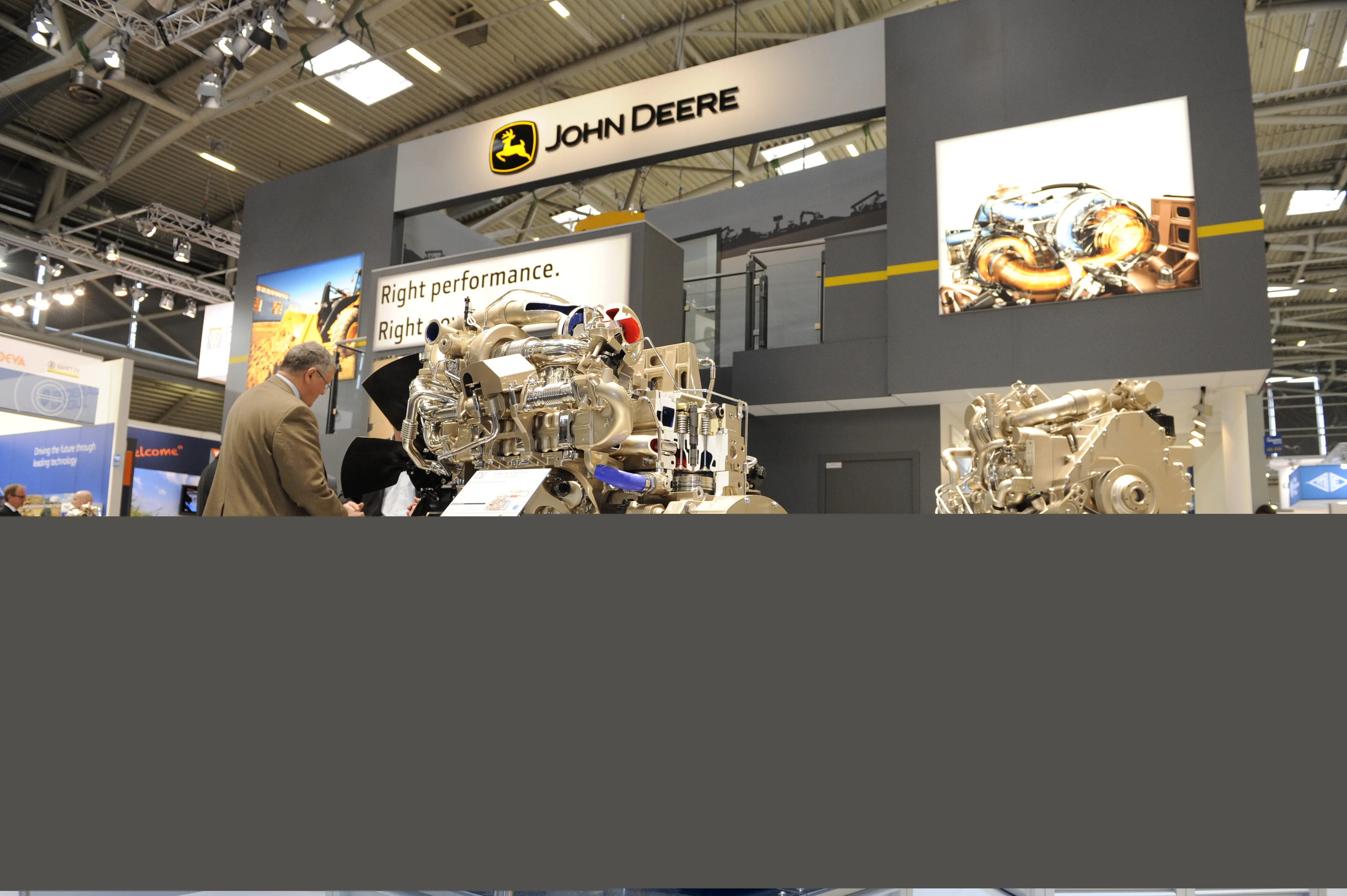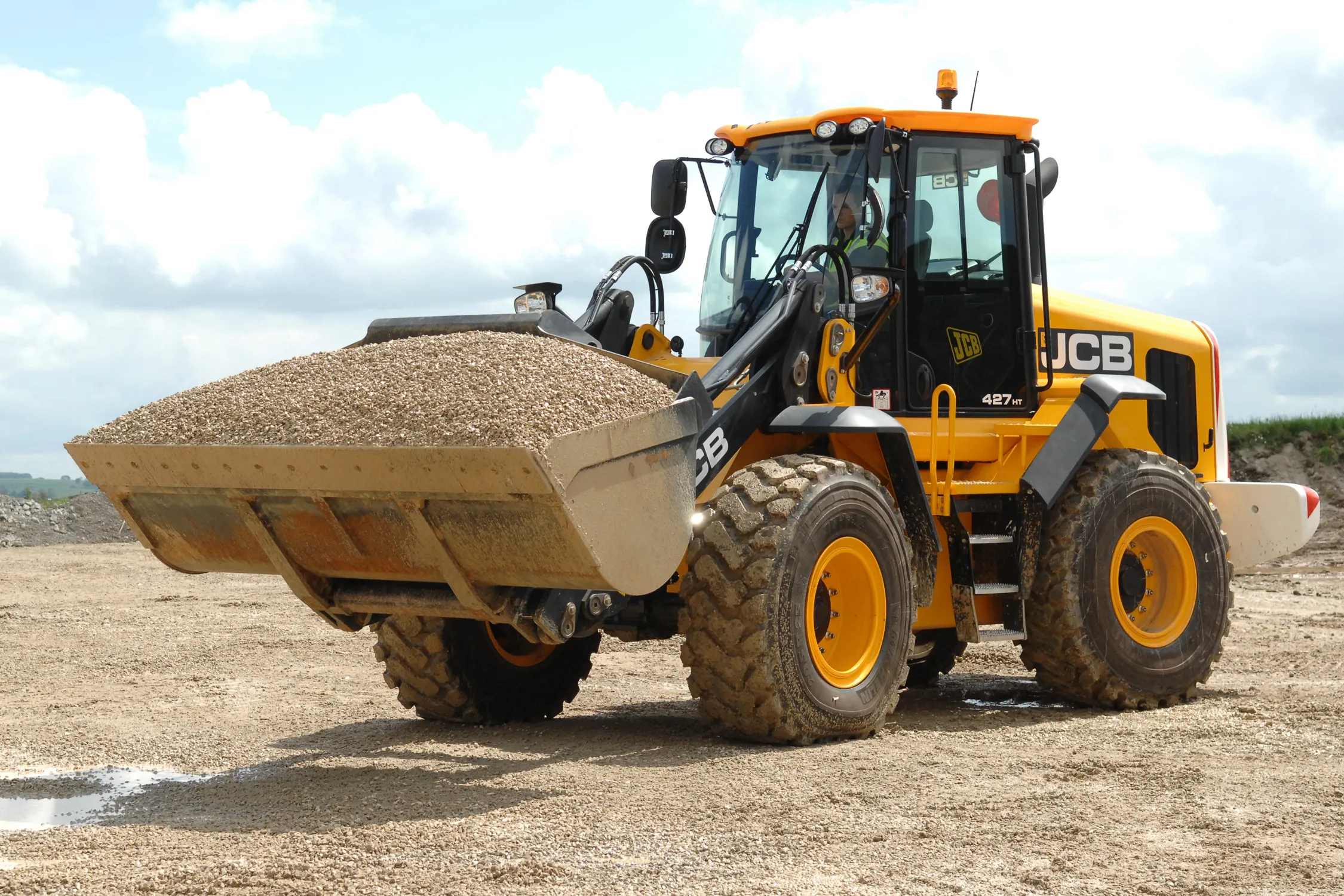November 1, 2016
The Scottish roads authority has backpedalled on its recently improved cycle lane along a major route on the south-west coast, close to the city of Ayr.
Amid local authority concerns over traffic congestion and one man’s media-grabbing protest, the cycle lane will now be ripped out – after being installed this summer.
As the video shows, it is a protected wide lane, often painted blue. Cars appear to travel freely beside it.
But residents, city folks and local government councillors decided it was %$Linker:2 External <?xml version="1.0" encoding="utf-16"?><dictionary /> 0 0 0 oLinkExternal one cycle lane too many Visit www.ayradvertiser.com website false http://www.ayradvertiser.com/news/14786829.The_Holmston_Road_cycle_lane_will_be_RIPPED_UP/ false false %>. Consultation with the public has meant the lane will be wiped out, as reported by the local newspaper Ayradvertiser.
On man, a 63-year-old retired engineer, decided %$Linker:2 External <?xml version="1.0" encoding="utf-16"?><dictionary /> 0 0 0 oLinkExternal to protest Visit www.dailyrecord.co.uk website false http://www.dailyrecord.co.uk/news/local-news/watch-ayr-mans-bizarre-rowing-8900855 false false %> by setting up a rowing machine in the middle of the €67,000 bike lane to show it is little used.
Scottish government figures show there are around 3,815km of National Cycle Network routes. Just over 1,000km are traffic-free routes which use a mix of railway path, canal towpath, forest road, shared-use path, segregated cycle lanes and redetermined rural footways. The remainder of the network is on road and, where possible, it incorporates lightly-used rural roads or quiet urban streets.
Amid local authority concerns over traffic congestion and one man’s media-grabbing protest, the cycle lane will now be ripped out – after being installed this summer.
As the video shows, it is a protected wide lane, often painted blue. Cars appear to travel freely beside it.
But residents, city folks and local government councillors decided it was %$Linker:
On man, a 63-year-old retired engineer, decided %$Linker:
Scottish government figures show there are around 3,815km of National Cycle Network routes. Just over 1,000km are traffic-free routes which use a mix of railway path, canal towpath, forest road, shared-use path, segregated cycle lanes and redetermined rural footways. The remainder of the network is on road and, where possible, it incorporates lightly-used rural roads or quiet urban streets.








